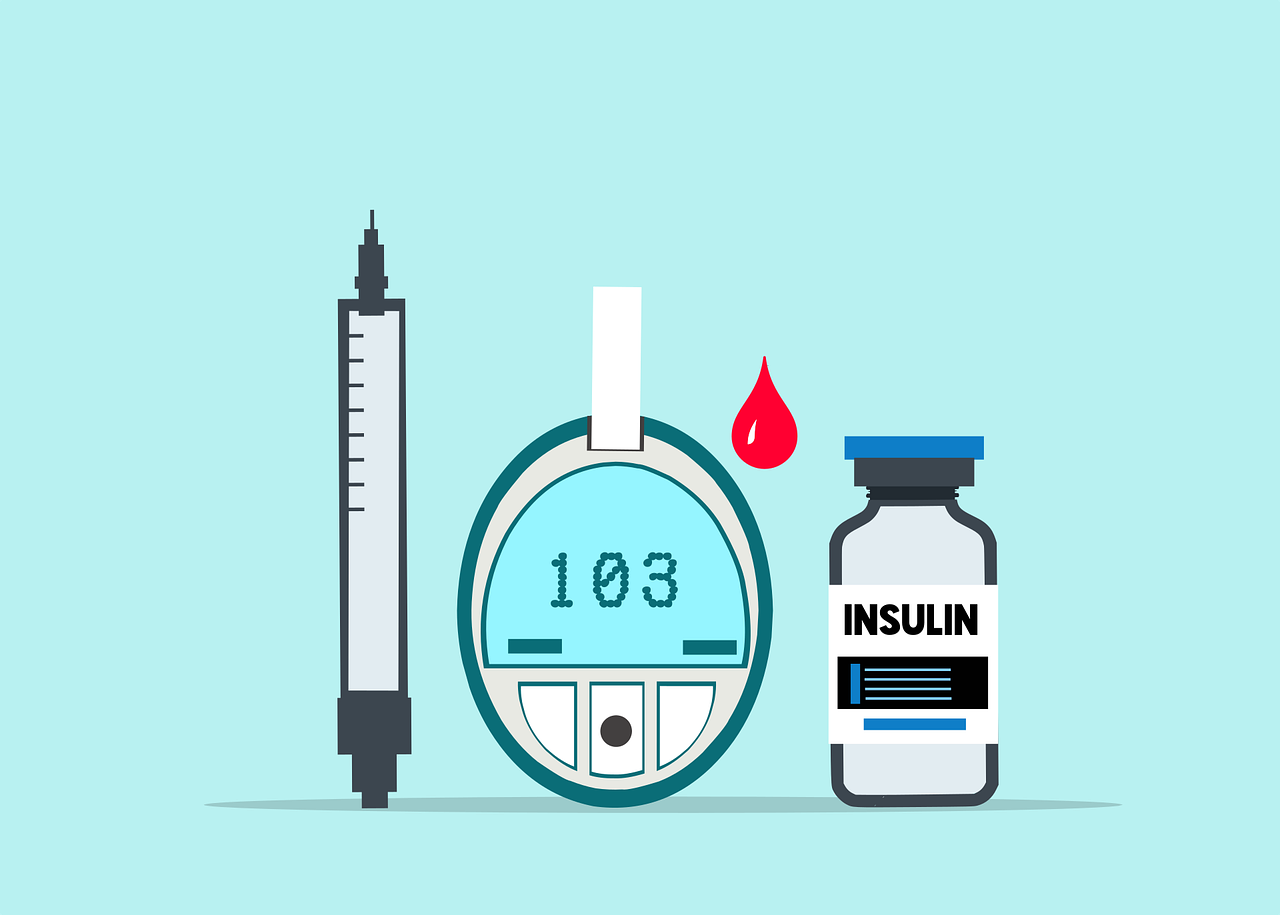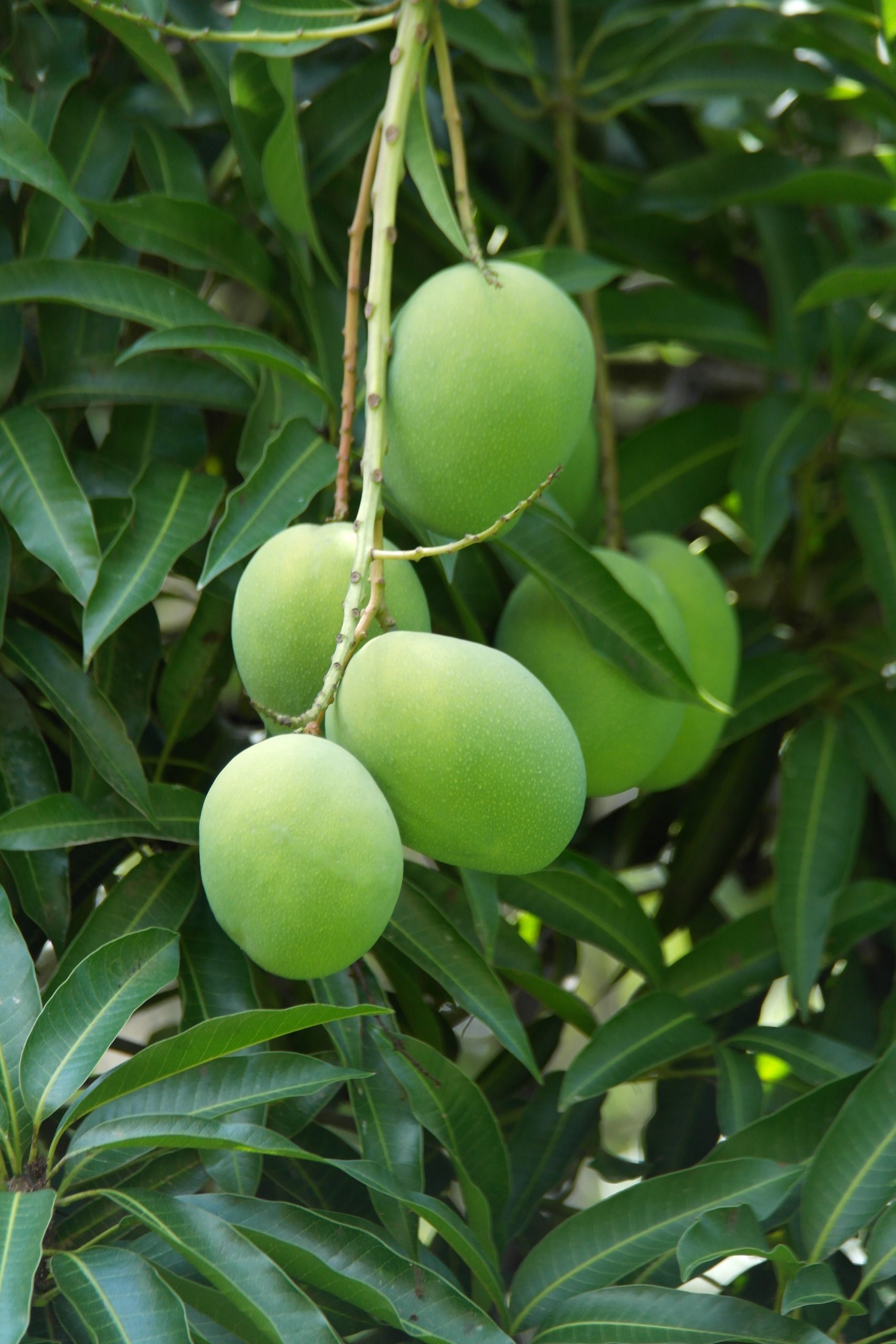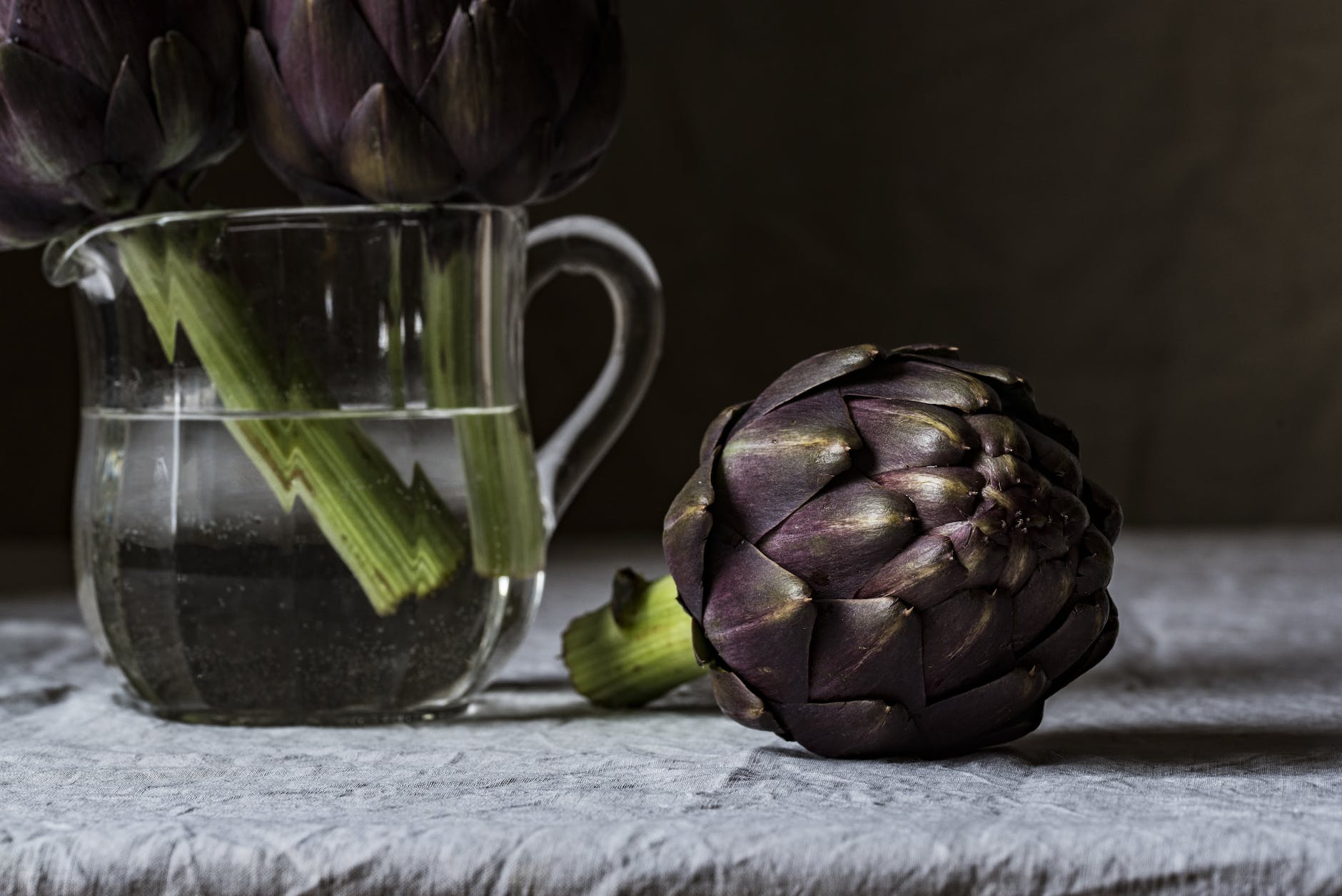
Introduction: The Ozempic Revolution
In the ever-evolving landscape of medical advancements, Ozempic has emerged as a beacon of hope for many grappling with diabetes. Its dual-action approach, offering both blood sugar regulation and weight loss benefits, has made it a preferred choice for many. However, as with any medication that gains rapid popularity, it’s essential to delve into both its advantages and potential side effects. Among the myriad of side effects, diarrhea stands out as a frequent concern for many Ozempic users. This guide aims to shed light on this issue, offering insights and guidance for those navigating this side effect.
Ozempic Unveiled: A Brief Overview
Ozempic, known by its generic name semaglutide, is not just another medication on the pharmacy shelf. It’s a once-weekly injectable solution primarily prescribed for the management of type 2 diabetes. But what sets it apart? Ozempic belongs to a class of drugs known as glucagon-like peptide-1 (GLP-1) receptor agonists. These drugs mimic the action of the body’s natural GLP-1 hormone, playing a pivotal role in regulating blood sugar levels. Beyond its primary use, Ozempic has garnered attention for its weight loss properties, making it a dual-action medication addressing two significant health concerns: diabetes and obesity.
Diarrhea and Ozempic: How Common Is It?
For many medications, side effects are an inevitable part of the package, and Ozempic is no exception. While the drug offers numerous benefits, it’s essential to be aware of potential drawbacks. Among the array of side effects reported by Ozempic users, diarrhea emerges as a recurrent theme. But how common is it?
Studies and clinical trials have shown that a significant percentage of Ozempic users experience gastrointestinal side effects, with diarrhea being one of the most frequently reported. The onset can vary, with some users experiencing it shortly after starting the medication, while others may develop symptoms after a more extended period.
The exact cause of diarrhea in relation to Ozempic isn’t entirely clear. However, it’s believed that as the medication affects gastrointestinal motility and the secretion of digestive enzymes, it can lead to changes in bowel habits.
Delving Deeper: The Science Behind the Symptom
Understanding the ‘why’ behind a symptom can often make it easier to manage. So, what’s the science behind the association of diarrhea with Ozempic?
Ozempic, as a GLP-1 agonist, impacts the gastrointestinal system in several ways:
- Intestinal Motility: The drug can increase the speed at which food moves through the intestines, potentially leading to diarrhea.
- Gut Bacteria: Changes in the composition of gut bacteria, influenced by the medication, can also play a role in developing diarrhea.
- Digestive Enzyme Secretion: Ozempic can influence the secretion of enzymes essential for digestion. An imbalance can lead to undigested food, resulting in diarrhea.
It’s worth noting that while these effects can lead to diarrhea in some users, many others tolerate the drug without any gastrointestinal issues. The body’s response can be highly individual, influenced by factors like dosage, diet, and overall health.
Beyond the Bowel: Other Gastrointestinal Concerns with Ozempic
While diarrhea is a prominent concern, it’s not the only gastrointestinal side effect associated with Ozempic. The drug’s impact on the digestive system can manifest in various ways, each with its own set of challenges and implications.
- Nausea and Vomiting: These are among the most commonly reported side effects. For some, it’s a transient issue that resolves as the body adjusts to the medication. For others, it may persist, requiring medical intervention or dosage adjustments.
- Abdominal Discomfort: A feeling of bloating, gas, or general discomfort in the stomach area can be bothersome. Dietary adjustments and over-the-counter remedies can often provide relief.
- Blood in Stool: While rarer, the presence of blood in the stool is a concerning side effect that requires immediate medical attention. It can indicate issues like gastrointestinal bleeding or hemorrhoids.
- Changes in Bowel Movement Patterns: Some users report alterations in the frequency, consistency, or color of their bowel movements. Monitoring these changes and discussing them with a healthcare provider is crucial.
Sulfur Burps and Diarrhea with Ozempic
An unexpected and rather unpleasant side effect some Ozempic users report is the occurrence of ‘sulfur burps’ – burps with a distinct rotten egg smell. When combined with diarrhea, it can be particularly distressing.
- What Causes Sulfur Burps? These burps result from the presence of hydrogen sulfide gas produced by bacteria in the stomach or intestines. Certain foods, slow stomach emptying, or an imbalance in gut bacteria can contribute to their occurrence.
- The Ozempic Connection: While the exact link between Ozempic and sulfur burps isn’t definitively established, the drug’s impact on gastrointestinal motility and gut bacteria might play a role.
- Managing and Preventing Sulfur Burps: Dietary adjustments, such as reducing the intake of sulfur-rich foods (like broccoli, cauliflower, and certain proteins), can help. Probiotics might also aid in balancing gut bacteria, potentially reducing the occurrence of these unpleasant burps.
Navigating the Side Effect: Treatment and Management
Experiencing diarrhea or other gastrointestinal issues while on Ozempic can be distressing. However, armed with the right knowledge and strategies, these side effects can often be managed or even alleviated.
- Dietary Recommendations: Simple changes, like incorporating soluble fiber-rich foods (like oats and bananas), can help solidify stools. Conversely, limiting high-fat foods, dairy, or other known personal triggers can reduce diarrhea episodes.
- Stay Hydrated: Diarrhea can lead to dehydration. It’s essential to increase fluid intake, including water and electrolyte solutions, to stay hydrated.
- Over-the-counter Solutions: Anti-diarrheal medications, like loperamide, can provide temporary relief. However, it’s crucial to consult with a healthcare provider before starting any OTC remedy.
- Dosage Adjustments: In some cases, adjusting the dosage of Ozempic can alleviate side effects. This should only be done under the guidance of a healthcare professional.
- Monitor and Report: Keeping a symptom diary can be beneficial. Noting down the frequency, consistency, and any associated symptoms can provide valuable information for healthcare providers to tailor management strategies.
The Bigger Picture: Weighing the Benefits Against the Side Effects
Every medication comes with its set of pros and cons. While Ozempic offers undeniable benefits in managing diabetes and aiding weight loss, it’s essential to weigh these advantages against potential side effects.
- The Pros: Improved blood sugar control, significant weight loss, and a possible reduction in cardiovascular events are among the top benefits of Ozempic.
- The Cons: Gastrointestinal side effects, including diarrhea, can impact the quality of life. However, for many, these side effects are transient and manageable.
- A Personal Decision: Ultimately, the decision to continue or discontinue Ozempic should be based on a personal assessment of its benefits versus side effects, in consultation with a healthcare provider.
Conclusion: Empowering Yourself with Knowledge
Knowledge is power. Being informed about Ozempic, its benefits, and potential side effects allows users to make empowered decisions about their health. While diarrhea and other gastrointestinal issues can be concerning, understanding their origins and management strategies can make the journey smoother. Always remember, open communication with healthcare providers is key. They can offer guidance, support, and solutions tailored to individual needs.
Engage with Us: Share Your Ozempic Journey
Every individual’s experience with Ozempic is unique. While some sail through without any hitches, others may face challenges. Sharing these experiences not only offers personal catharsis but also provides invaluable insights to others navigating a similar path.
- Your Stories Matter: Whether it’s a success story of significant weight loss, a struggle with side effects, or tips that made your journey smoother, your story can inspire and guide others.
- Questions and Concerns: If you have specific questions or concerns about Ozempic, its side effects, or any related topic, drop them in the comments. Our community and experts will do their best to provide answers and guidance.
- Support and Solidarity: Remember, you’re not alone in this. Engaging with others, offering support, or simply finding solace in shared experiences can make a world of difference.
Share the Knowledge: Spreading Awareness
If you found this guide helpful, consider sharing it with your network. Spreading awareness can help others make informed decisions about their health. Social media sharing buttons for platforms like Facebook, Twitter, and LinkedIn can be integrated here for easy sharing.
Final Thoughts
Medications, with their benefits and potential side effects, are a personal journey. While Ozempic offers promising results for many, it’s essential to stay informed, engage with healthcare professionals, and listen to one’s body. Here’s to making empowered health decisions!
FAQ Section: Ozempic and Diarrhea
1. What is Ozempic primarily used for? Ozempic is primarily prescribed for the treatment of type 2 diabetes. It belongs to a class of drugs known as glucagon-like peptide-1 (GLP-1) receptor agonists, which regulate blood sugar levels. Additionally, many users have reported significant weight reduction while on the medication.
2. How does Ozempic lead to diarrhea? Ozempic can influence gastrointestinal motility and the secretion of digestive enzymes. These changes in the digestive system can sometimes result in symptoms like diarrhea. Additionally, alterations in gut bacteria might also play a role.
3. Are there ways to manage diarrhea caused by Ozempic? Yes, some strategies include dietary adjustments, staying hydrated, over-the-counter anti-diarrheal medications, and consulting with a healthcare provider for potential dosage adjustments or alternative treatments.
4. How common is diarrhea as a side effect of Ozempic? Diarrhea is one of the more commonly reported gastrointestinal side effects of Ozempic. Its occurrence can vary among users, with some experiencing it shortly after starting the medication and others after a more extended period.
5. Are there other gastrointestinal side effects associated with Ozempic? Apart from diarrhea, users have reported nausea, vomiting, abdominal discomfort, and in rarer cases, blood in the stool. It’s essential to monitor and report any persistent or severe symptoms to a healthcare provider.
6. What is the difference between Ozempic and Semaglutide? Ozempic is the brand name, while semaglutide is the generic name of the medication. They are essentially the same drug, with semaglutide being the active ingredient in Ozempic.
7. How does Wegovy relate to Ozempic in terms of side effects? Wegovy is another brand name for semaglutide, but it’s approved for weight management. Like Ozempic, Wegovy users may also experience gastrointestinal side effects, including diarrhea.
8. What should I do if I notice blood in my stool while on Ozempic? If you observe blood in your stool while taking Ozempic, it’s crucial to seek medical attention immediately. It could indicate gastrointestinal bleeding or other serious conditions.
9. Can I stop taking Ozempic if I experience severe diarrhea? It’s essential not to stop any medication abruptly without consulting a healthcare provider. If you experience severe side effects, reach out to your doctor to discuss the best course of action.
10. Are there any dietary recommendations to reduce the risk of diarrhea while on Ozempic? Incorporating soluble fiber-rich foods, drinking plenty of water, and limiting known personal triggers or high-fat foods can help in managing or reducing the risk of diarrhea.
Blog Tags for the Post: Ozempic, Diarrhea, Semaglutide, Wegovy, Gastrointestinal Side Effects, Type 2 Diabetes, GLP-1 Agonists, Blood in Stool, Bowel Movements, Digestive Health, Medication Management, Side Effect Management, Weight Loss Medication.













